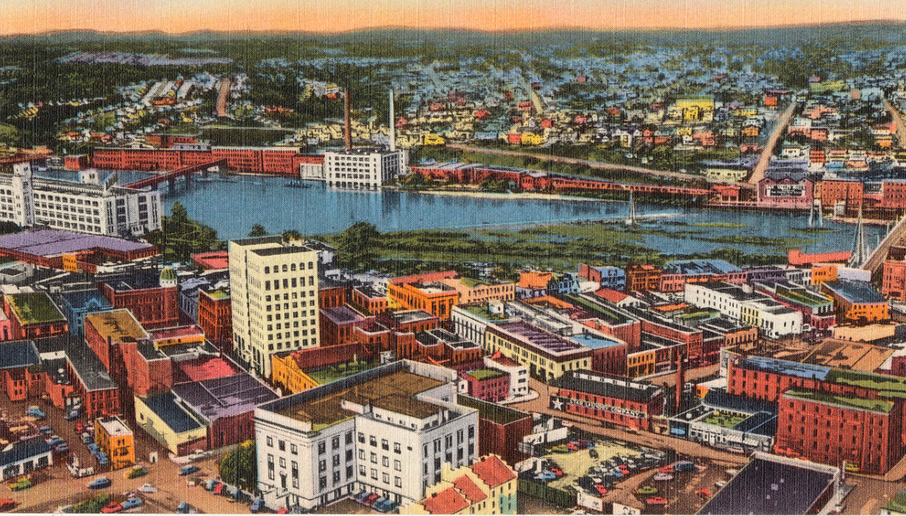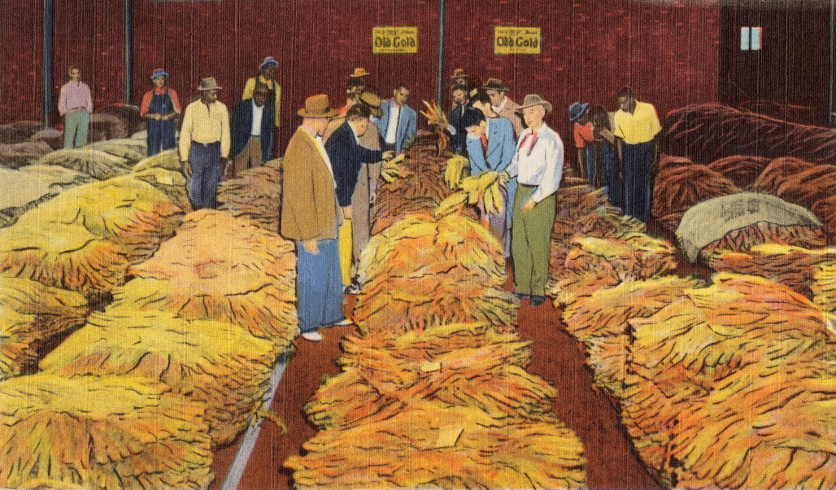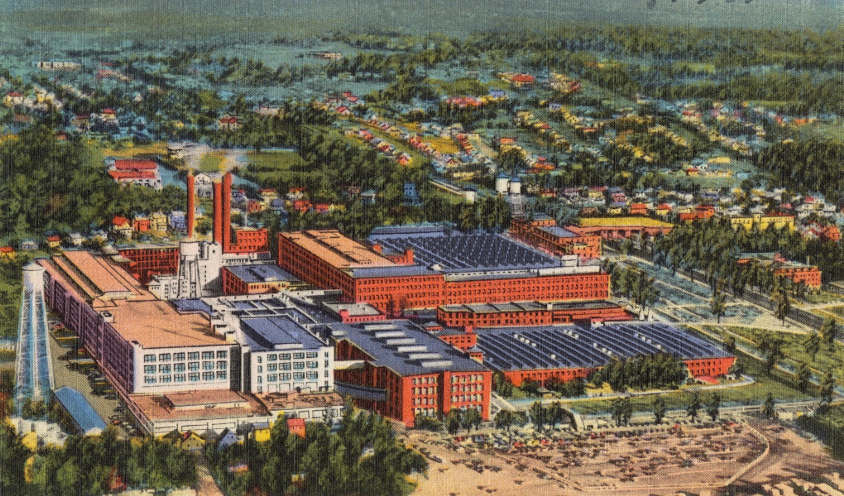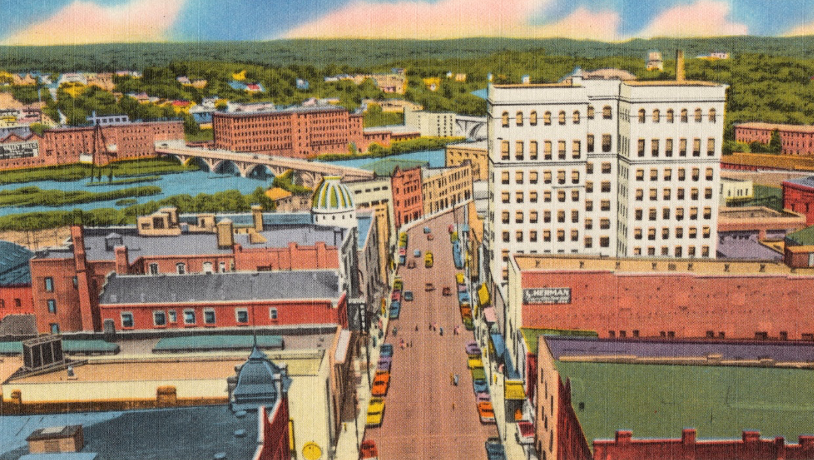In Danville, Virginia, an Early Adopter of Open Access Seeks to Prove the Business Model
The United States’ first municipally owned open-access fiber network continues to revitalize the business sector of Danville, Virginia.
Jericho Casper

July 14, 2020 — The United States’ first municipally owned open-access fiber network continues to revitalize the business sector of Danville, Virginia.
 Broadband BreakfastBroadband Breakfast
Broadband BreakfastBroadband Breakfast
Opportunities exist today in Danville and surrounding counties that never could have before, thanks to the city’s open access network, known as Network Danville or nDanville for short.
nDanville is a city-owned open access network consisting of approximately 150 miles of fiber optic cables, which provide Gigabit service to three communities in southern Virginia.
As a result of the network, Danville has transitioned from being known for having the highest unemployment rate in Virginia to being ranked as one of the top digital cities and business destinations in the nation.
“Today, the nDanville network connects hundreds of businesses, has sharply reduced costs for local government, health care providers and local schools, and has introduced more competition into the telecommunications marketplace,” said Joe King, city manager of Danville until 2015, in an interview with Community Networks.
Danville paved the way for open access
At the time of its development in the early 2000s, “nDanville was a visionary project,” according to the network’s designer Andrew Cohill, CEO of consulting firm Design Nine. In the 1990s, Danville’s economy began to stagnate as the city’s two primary industries, textiles and tobacco, faced adversities. The use of tobacco declined and textile manufacturers began outsourcing labor to save money.
Danville paved the way for open access
At the time of its development in the early 2000s, “nDanville was a visionary project,” according to the network’s designer Andrew Cohill, CEO of consulting firm Design Nine.
In the 1990s, Danville’s economy began to stagnate as the city’s two primary industries, textiles and tobacco, faced adversities. The use of tobacco declined and textile manufacturers began outsourcing labor to save money.

The city was stuck in a duopoly, dictated by two incumbent providers: Verizon and Comcast.
City leaders, economic developers and regional organizations were tasked with creating a model for a public network that would not compete with the private sector.
Other Virginia cities were struggling with lawsuits at the time for this very reason, as Virginia is one of many states that have laws imposing some form of restrictions against municipal broadband.
After much deliberation, leaders decided to utilize an open access model.
nDanville paved the way at a time when open access networks were an untried model in America.
Proponents see open access as a better business model
Open access networks utilize an alternative business model than traditional telecommunications networks, aiming to generate competition to better serve users and overcome incumbent monopoly control.
Unlike more common vertically integrated network arrangements, meaning that one company owns, operates and provides services on the network, an open access network utilizes a horizontally layered business model.
In an open access network, the owner or manager of the network does not supply services for the network. Instead, services are supplied by independent internet service providers.
There are two different models utilized by open access networks: a two-layer model or a three-layer model.
In the two-layer open access model, one entity is the network owner and operator, while multiple service providers deliver services over the network.
nDanville utilizes the three-layer open access model, in which the network infrastructure is owned by one entity such as a company, community-owned enterprise or municipality, the operations and maintenance of services are run by a second company, and the internet service providers selling their services to subscribers compromise a separate third company. In almost all cases, multiple companies operate in the services layer.
Generally, the network owner funds the construction of the infrastructure, the operator oversees construction and maintenance and the providers provide internet service to end users.
The open access network owner remains neutral and offers standard pricing to internet service providers on its network.
Unlike other broadband business models, open access networks offer unique opportunities to benefit all stakeholders and most importantly customers, as competition generated between independent service providers ensures lower prices and higher quality of service for subscribers.
Building open access networks benefits incumbents and internet service providers by lowering the barrier for entry into the market, alleviating the capital heavy infrastructure building process.
Utilizing an alternative business model to the one utilized by incumbents alters the underlying costs, revenue and income potential for the network.
nDanville’s slow and steady growth has proven successful
Because Danville already had ownership of a municipal electric plant, nDanville’s fiber network is operated as a city-owned utility.
This gave the city an advantage to transition with ease, eliminating the negotiation process necessary for pole attachment fees and minimizing overall costs.

The city loaned itself enough capital to build a municipally-owned open access fiber network, borrowing a $2.5 million loan from the Danville’s electric utility fund.
The original loan borrowed to initiate building the network was paid off in three years, with 6 percent interest by revenue generated by the network, nDanville then-Network Manager Jason Grey said in an interview with Muni Networks.
No Danville taxpayer money has been collected for the construction of Danville’s open access network, he said.
The network was rolled out in three phases to gradually begin serving the city.
The first phase, which launched in 2004, connected 17 Danville public schools to the fiber network to ensure students and teachers had necessary digital technology resources and skills.
The second phase began in 2007 and brought greater bandwidth, speeds and accessibility to businesses located in Danville.
“School and business connections were instrumental in showing that the network over time could pay for itself,” Cohill said.
Today, nDanville passes more than 1,000 business locations. Current customers have access to 100 Mbps fiber connections, capable of delivering up to 10 Gbps connections upon request, according to Cohill.
nDanville is now in its third and final phase, aimed at bringing fiber to the home. As the COVID-19 pandemic forces many individuals to complete work and school from home, supplying fiber to the home is more necessary than ever.
The network began going residential in 2011. After the city initially rejected a more ambitious plan to expand the network more rapidly, the city began offering residential service by connecting 250 homes.
nDanville’s network is continually expanding, utilizing revenue generated each year to continue to build fiber to the home infrastructure.
Now, more than 16 years later, advocates say that Danville’s slow, steady approach has paid off.
The business sector calls nDanville an asset to local commerce
Serving business was a high priority of nDanville. Danville was hit hard by the demise of the tobacco industry and the loss of manufacturing jobs, which put a strain on the local economy.
City leaders knew the capabilities associated with fiber infrastructure, as fiber was already being deployed to about 500 properties in the city’s business and industrial parks before nDanville was born.

Expanding the network effectively transformed the city from a withering tobacco and textile town to a modern global manufacturer, allowing Danville to make a comeback after losing its traditional economic base.
The network aids local and global businesses alike by dramatically reducing the cost of telecommunications.
On average, open access networks aid businesses by achieving price reductions of up to 70 percent. This allots more capital for entrepreneurs and start-ups to invest in the core of business.
The network is also equipped to handle mounting bandwidth demands, giving businesses growth capacity.
The economic development of Danville may have stalled at the turn of the twenty-first century, if the city had continued to rely on the services of incumbents like Verizon and Comcast.
“As nDanville grew to connect more businesses, the economy began to rebound as well. The most visible results of the network are the companies and jobs that have come to Danville in the past two years,” Cohill wrote.
The city of Danville was able to curb an oncoming economic slump by building an open access network, which effectively altered industry.
The prowess of nDanville makes Danville an attractive site for global manufacturers, who are impressed with the resources that the city has to offer.
Today, the region is one of the top 25 locations in the country for business, exemplified by Zeyuan Flooring International, a wood floor manufacturer, choosing Danville over Los Angeles for its first U.S. facility in 2013. The arrival of the company produced 100 local jobs.
A growing list of companies have expressed interest in utilizing the city’s broadband since it began the fiber to business push.
Continually expanding network infrastructure will likely continue to create jobs in the city.
Principles of open access networks promote equity
A 2004 Danville briefing paper written by King detailing the goals of nDanville stated that “the private sector should take the lead in deployment and operation of broadband networks and services in Danville.”
“The city should facilitate and support this through policies and regulations that encourage private sector investment, competition, and innovation,” King continued.
Open access networks embody the values of universal service by attempting to offer equitable access to underserved areas.
Further, these networks level the playing field, ensuring that small and large providers alike can compete to offer services.
Open access networks represent public-private partnerships, indicating that it will take cooperation and effort from both to close the digital divide.







